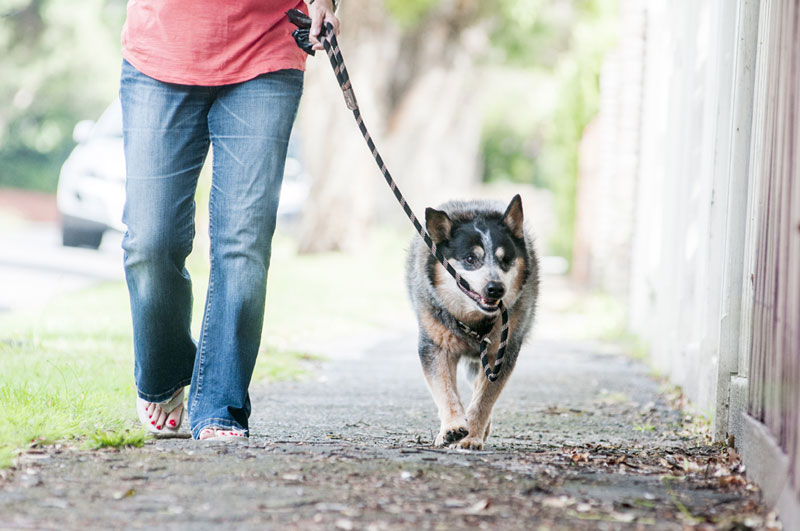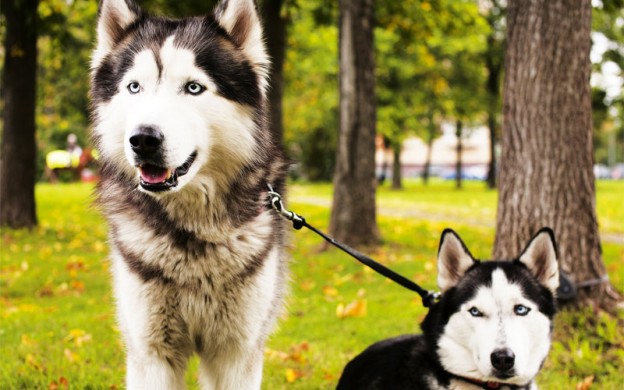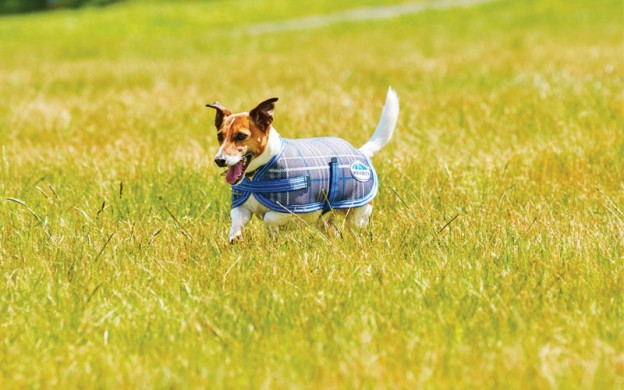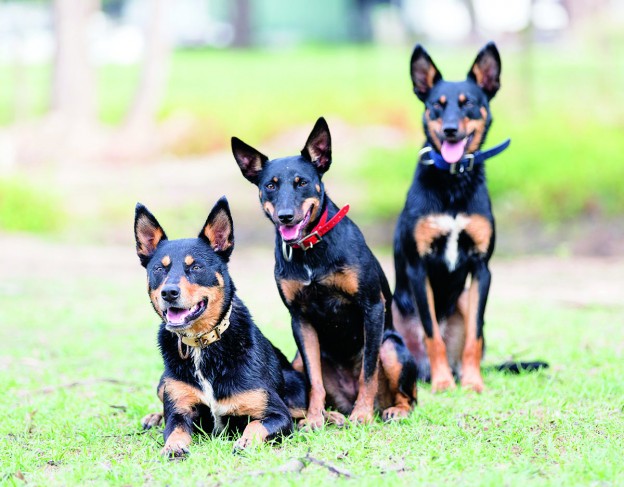
Got yourself a pooch and a leash? Melanie Hearse talks to the experts about how to handle any problems that can happen when you go walkies.
Nothing makes a dog’s tail and body say “oh boy, oh boy, oh boy” like bringing out the leash and getting them ready to go for a walk. For your four-legged friend it means meeting people, sniffing the trees and getting in a great run — all big doggie treats. While walking your dog should be an enjoyable experience for both parties, sometimes this is hindered by undesirable behaviours such as pulling or lunging, mouthing the leash or on-leash aggression, says Katie Catherwood, director at Heads and Tails Pet Care Services.
Stop the pulling Pulling on the leash is one of the most common problems when it comes to leash walking; even some of the best-behaved dogs can struggle with it. And just why do they engage in this behaviour?
“Because they can. More to the point, because they don’t think there is anything wrong with it. In fact, some owners inadvertently teach their dogs that they should pull on lead through negative reinforcement,” says Katie. “Dogs don’t understand that by pulling on the leash, they are causing their owners discomfort and frustration. All they see is that they are getting closer to their goal in a shorter space of time.”
Katie says when it comes to pulling on the leash, prevention is better than cure. “It’s ideal for your dog to practice wearing a collar and leash as early as he or she comes home, and preferably before you actually need to use them in public. As a puppy, your dog will naturally be much lighter and easier for you to physically control, too,” she says. If this time has already passed, however, you may have some pre-established habits to overcome — not to mention you’re no doubt working with a much larger dog and will require some additional training tools, such as a walking harness.
When it comes to modifying your dog’s behaviour, Katie recommends putting your focus on what you are teaching your dog to do rather than what you’re teaching them not to do. “For instance, rather than training your dog not to pull on the leash, alter your perspective and train your dog to walk alongside you. The outcome is the same, but when you reframe the situation like this, it immediately becomes positive and promotes encouragement rather than punishment,” she says.
Walking your dog and the law
Councils differ slightly on their legal obligations around responsible dog ownership and management within public areas; however, generally owners are required to comply with the following regulations:
- Pick up after your dog.
- Carry enough poo bags to pick up after each dog (generally three to four per dog is a safe bet).
- Carry a leash at all times (one leash per dog). Usually this refers to a standard fixed-length (not flexible/ reel) leash, approximately 120cm long max.
- Do not allow your dog to threaten or worry any person or animal.
- Dogs to be exercised off-leash only within designated off-leash areas.
- Maintain a safe distance from playgrounds, barbeque areas and organised sporting events.
- Maintain effective voice or hand signal control over your dog when off-leash.
- Aggressive dogs are to be managed with appropriate measures sufficient to prevent them from causing harm to others.
- Ensure your dog has a current registration within your municipality.
- In some areas, councils impose a limitation on the number of dogs being handled per person. For specific rules, check your local council website for their guidelines around responsible dog ownership
The original article was published in DOGS Life #139. For more pawsome stories, subscribe to our magazine here.








